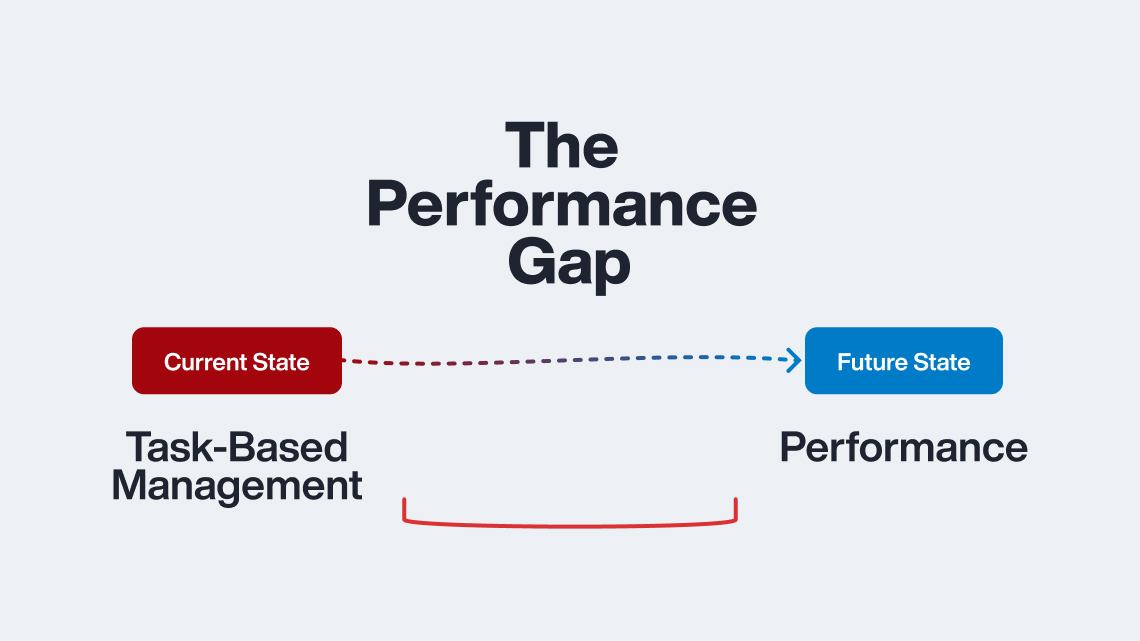Published on May 19th, 2014
By Alexis Hammond
Mixed-use property is becoming very popular in our fast-paced society. Residents like having easy access to food, clothing, pet services and — well, everything. The marriage of retail businesses and housing units dates back to early pioneer times when boarding-house rooms filled the second and third stories above the saloon or township merchantile.
Around the turn of the twentieth century, apartment-dwellers lived above hardware stores, pharmacies and the local five and dime. Today, residents are looking for a fresh foods market, trendy ethic restaurants and doggie day care facilities inside, or attached to, their apartment buildings.
Converting a traditional multifamily building or “growing up” from an existing business usually means property managers need financing. There are many funding sources and products out there for real estate investors.
The most popular loans fall under one of two categories — commercial and residential loans.
Commercial Loans
One of the main differences in commercial loans and residential loans is the structure and term. Commercial loans are typically granted for shorter terms — three, five, ten years. In the current economy with interest rates near historic lows, some commercial lenders structure the amortization on a twenty or thirty year schedule, but review the note at five-year intervals.
What this means is that you have the benefit of paying a lower monthly payment during the first five years. The down side is that when the review comes up, lenders renegotiate interest rates based on Prime Lending Rates or the LIBOR index. Without a crystal ball to see into the future, it is difficult to say if rates will be higher or lower than the original rate.
Another disadvantage is that down payments are higher — from 20% to as much as 40% — depending on the property type, occupancy (or projected occupancy) and whether rent-paying residents or owners occupy the units.
Residential Loans
Unlike commercial loans for apartment communities and mixed-use properties, residential loans focus more heavily on the owners’ financial history, personal credit and debt-to-income ratio numbers. Down payment limits are fairly standard on residential loans and the note is structured for a fixed term with a non-variable interest rate.
One advantage of residential loans is that property owners have flexibility to set terms between five and thirty years — some banks even offer partial-year loans (such as an 8 1/2 year loan), if credit worthiness and property value falls within reasonable guidelines. Another advantage is that is it easier to refinance a residential mortgage loan than a commercial loan.
Most commercial lenders charge early payoff penalties equal to at least five years’ interest for any reason other than an outright sale of the property or cash payoff. Residential loans typically don’t have these extra charges.
Creating a Small Business Plan for Converting to Mixed-Use
Sometimes a finance company determines what type of loan is best. For example, if only ten percent of the property is used for residential quarters, a lender could require a commercial loan and exclude residential financing options.
Interest rates are low today. If investing in property upgrades includes converting your residential property to a mixed-use building, work on your long-term business plan before you apply for funding. Commercial lenders want to see a recent market analysis, proof that your property generates funds to cover the loan, insurance, routine maintenance, property fees and other operating expenses, and enough cash reserves to build a safety net for emergencies.









Comments by Alexis Hammond
How Small Property Management Companies Win the Competition Game
Hi Brian - There are several great sources out there. Here ...
AppFolio End of Year Preparation (Customer Webinar Recap)
We're glad you found it useful. Thanks for your interest in ...
AppFolio Reports and Letters Overview (Webinar Recap)
Hi Felix - Thanks for joining our webinar. There is ...
AppFolio Mobile Inspections (Webinar Recap)
Hi Nancy - It shouldn't take long for the photos to upload. ...
The Benefits (and Risks) of Renting to College Students
Hi Jeff - Thanks for your comment. While every location is ...